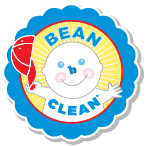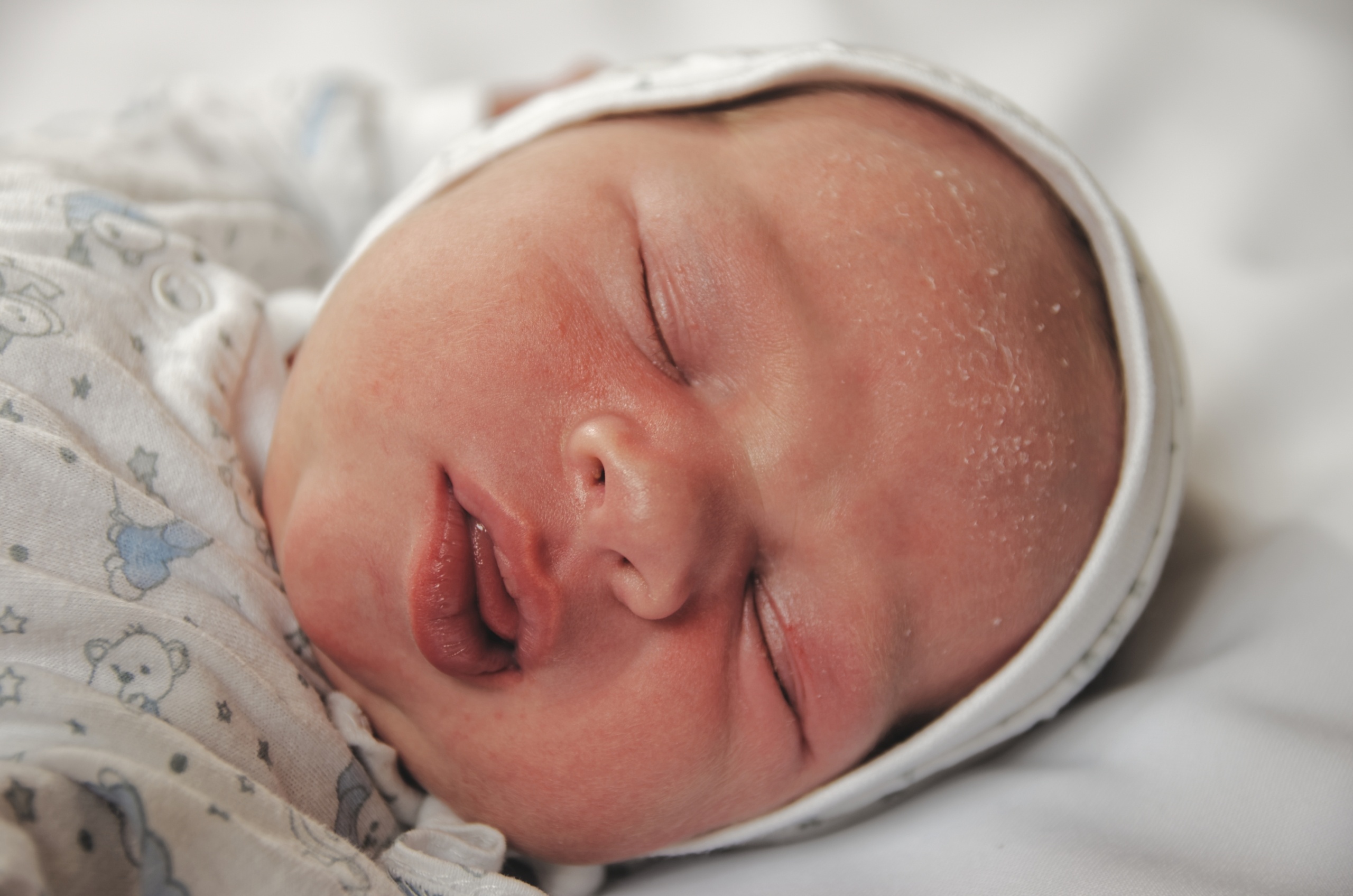What Causes Seborrheic Dermatitis?
Seborrheic dermatitis is a common inflammatory skin condition that mostly affects the oily parts of the body. The condition is characterized by rashes, flaking, and scaling of such parts as the face, scalp, upper chest, armpits, and the groin area.
Seborrheic dermatitis that affects the scalp manifests as dandruff. The National Center for Biotechnology Information estimates that this condition affects up to 70% of infants, particularly during the first three months after birth.
In adults, the symptoms of this condition manifest as scaly and flaky patches on the areas of the face with a huge number of sebaceous glands. These patches are reddish-yellow, moist, and itchy. In infants, thick and scaling patches form on the infant’s scalp and is commonly referred to as cradle cap. As is the case with adults, these scales are reddish-yellow.
What Are the Leading Causes?
Age and Gender
As mentioned, seborrheic dermatitis or cradle cap is common in infants below three months and is referred to as “cradle cap.” Adults between 30 to 60 years are also susceptible to the condition. In adults, the condition is more prevalent in males.
Medical Conditions
Although this condition may affect healthy persons, people with the following medical conditions are more predisposed to it.
- Neurological and psychiatric conditions such as Parkinson’s disease, epilepsy, depression, Down syndrome, spinal cord injuries, and traumatic brain injuries.
- Immunosuppressive conditions such as human immunodeficiency virus (HIV), organ transplant recipients, and lymphoma patients
- Heart attack and stroke patients
- Persons with a zinc deficiency
- Chronic alcoholism
- Obesity and diabetes
Genetics
It is generally understood that genetics play a key in the development of seborrheic dermatitis. However, studies on protein deficiencies and causal mutations are just starting to be published. Scholars and scientists have found out that 11 gene mutations and protein deficiencies are linked to the development of cradle cap. The protein deficiencies and gene mutations affect how the cells on the outer layer of the skin develop and mature as well as how the immune system functions.
Medications
Medications such as lithium, interferon, and PUVA (psoralen and ultraviolet A) therapy can predispose one to this condition.
Malassezia Yeast
Malassezia, a lipophilic yeast that lives on the skin, has been frequently linked to the development of cradle cap. Studies suggest that the development of this condition is an inflammatory response to these fungal organisms. However, this is yet to be proven.
Treating and Managing Seborrheic Dermatitis
There is no known cure for treating this condition. However, there are a number of things you can do to manage it. In adults, your healthcare provider may recommend the following:
- Dandruff Shampoos: if the condition is prevalent on the scalp, certain shampoos may help control it. You might need to begin with a mild antifungal shampoo and move on to a stronger one if the symptoms persist. These shampoos are mostly used once or twice a week for a month or two
- Medication: the doctor may recommend medications to fight the bacterial or fungal infection. You may also be asked to apply certain creams and lotions. If need be, the dermatologist will prescribe certain steroids.
- Light Therapy: ultraviolet light helps control your skin’s growth, thus controlling the symptoms of cradle cap.
Re-consult your healthcare provider if symptoms do not get better even after the recommended treatment or if they worsen.
In infants, the cradle cap gets better with daily body cleaning and shampooing. Begin with a mild, non-medicated shampoo and move on to a dandruff shampoo if the symptoms do not improve. Try to soften the large patches of cradle cap by rubbing them with warm mineral or coconut oil, and gently brush them with a soft hairbrush.
Care for Your Seborrheic Dermatitis
We have formulated a revolutionary scalp massage baby brush that will help you effectively fight cradle cap. Our Bean-b-Clean® brush is safe, soft, and soothing and minimizes the severity of this condition while helping you maintain the health of your child’s scalp.
While it is meant for use on an infant’s scalp, it can be used on a toddler with a full head of hair, by separating or parting the hair to expose affected areas. You can use it to replace baby brushes that are offered in hospitals and that are meant for one-time use. We have thoroughly tested the Bean-b-Clean® brush to ensure that it complies with CPSC/CPSIA standards and regulations.
To use our Bean-b-Clean® brush, wet your baby’s head with warm water. If the patches are too thick, gently rub the scalp with baby oil, coconut oil, or olive oil, and let it sit for some time before using the brush. The oil helps loosen all scales and flakes.
Massage the oiled scalp with the brush in a circular motion. Rinse the baby’s head and repeat the process using shampoo or baby wash instead of oil.
Once you are done, clean the brush with warm soapy water, rinse well, and then separate the bristle portion from the top to dry. Store in an open area, and make sure the bristles face downwards to enable the brush to dry up completely. Once fully dried, the brush should snap back together and be ready for continued use.
Discontinue the daily use of the brush should you notice any irritations or abrasions on your baby’s scalp. Retailers may contact us at 888-362-5338 to place your brush order today. Consult your dermatologist or pediatrician for additional cradle cap treatments.


